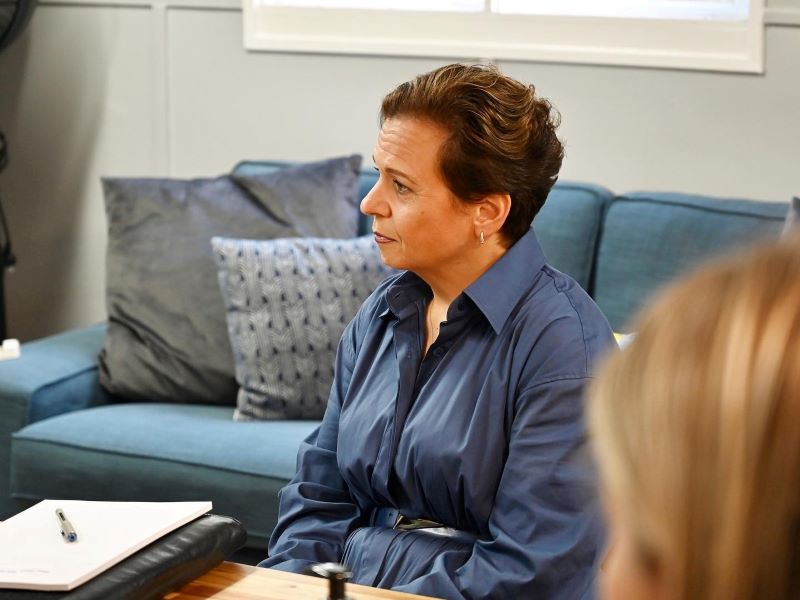The Albanese government will not introduce a mandatory age verification regime for online pornography and other adult content, after existing technology options were found to be immature, and will instead fall back on forthcoming online safety codes.
But at the recommendation of eSafety Commissioner Julie Inman Grant, the government is still considering a pilot of “age assurance” technology, such as digital tokens, to prevent children from accessing pornography if the codes prove unsuccessful.
Communications minister Michelle Rowland on Thursday released the age verification roadmap, which is the result of almost two years of work by the Office of the eSafety Commissioner, as well as the government’s response.

The roadmap, which was handed to the government in March, was requested by the former Coalition government in June 2020, as part of its response to a parliamentary inquiry.
In developing the roadmap, eSafety commissioned an assessment of age assurance technologies like digital identity apps that allow individuals to store personal information on their device, physical age tokens, and facial recognition.
The assessment considered electronic tokens like those used in euCONSENT trials in Europe, as well as facial analysis tools — considered the most privacy-preserving option within the biometrics category despite inclusion concerns — and voice age analysis.
But eSafety ultimately found the market of offerings “immature”, with each technology having its own “benefits and trade-offs”, leading it to recommend that age assurance technologies be trialed before being mandated.
“Age assurance technologies should be trialed in the Australian context before being prescribed, building on lessons learned through the euCONSENT pilot,” the roadmap, released on Thursday, said.
eSafety instead recommended using existing powers available under the Online Safety Act, such as the online safety codes, to prevent children from accessing pornography. The Online Safety Act was introduced in 2021, after the former government requested the age verification roadmap.
However, only codes addressing ‘class one’ content, including terrorism and child sexual exploitation material, currently exist, with the eSafety to address ‘class two’ content, which extends to pornography as part of a second phase of development.
The first tranche of codes addressing ‘class one’ content were registered by the eSafety Commissioner in June. Two of the eight codes were rejected and will be replaced by enforceable standards, while another code was deferred.
The codes apply to eight key sections of the online industry, including social media. Social media is the second most likely place that children are likely to encounter pornography, according to eSafety research.
In response to the roadmap, the government said that with age assurance technologies unable to meet all the requirements needed to be successful, a “decision to mandate age assurance is not ready to be taken”.
“It is clear from the roadmap that at present, each type of age verification or age assurance technology comes with its own privacy, security, effectiveness and implementation issues,” the response said.
The government supported eSafety’s call to use forthcoming industry codes and Ms Rowland has already written to the eSafety Commissioner to ask that this work commence as soon as practicable on the class two content codes.
“While the Government awaits the outcome of this process, the digital industry is on notice that we will not hesitate to take further action should it fail to keep children safe,” Ms Rowland said in a statement.
eSafety also used the roadmap to recommend that a regulatory scheme be set up for the accreditation and oversight of age assurance providers, noting the work that is underway to develop an equivalent regulatory scheme for the Australian Government Digital Identity System.
“The Australian Government could build on this work – as well as relevant international standards – as the basis for a regulatory accreditation and oversight regime for age assurance,” eSafety said in the roadmap.
“This discovery process could take place alongside the development and execution of an age assurance pilot, to increase Australia’s readiness to implement mandatory age assurance should the pilot prove successful.
The agency said that while it should be involved in the development of any future pilot, it does “not presently have the resource, capabilities, or expertise to lead its delivery”, suggesting additional Budget funding will be required.
Do you know more? Contact James Riley via Email.

